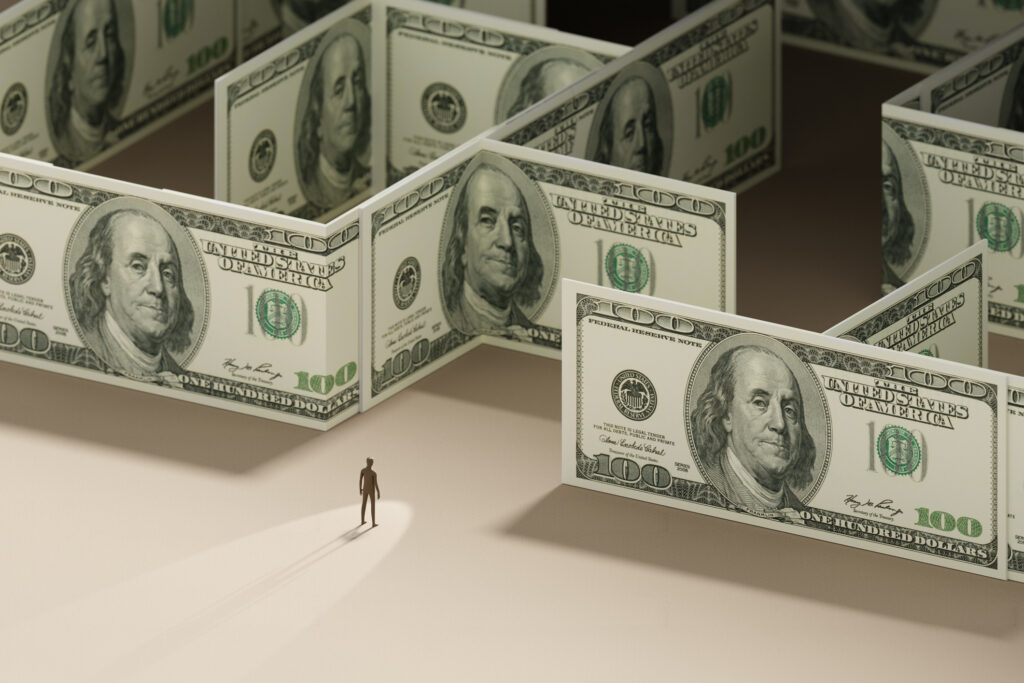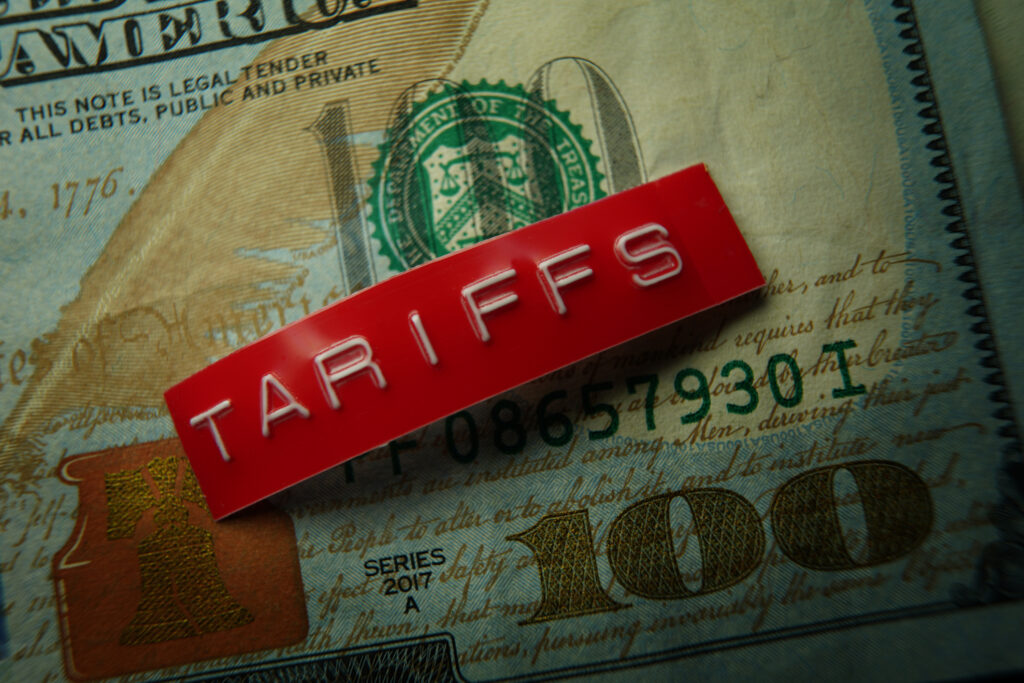The latest target is Citibank, which reportedly raised rates of 15 million cardholders, mostly those who have accounts that are co-branded with merchants.
Misdirected Anger
There’s a lot of anger, but should it be directed at the banks, at consumers who have over-borrowed, or at Congress, which keeps enabling the borrowing process?
The banks and card issuers are an easy target, but should we really blame them? The Fed and Treasury have just given the banks a stern lecture about not making any more bad loans. Banks are looking at nearly $1 trillion in unsecured consumer debt and a growing default rate, not to mention soaring bankruptcies. Should they stand by and wait for more losses? Do we want them to do that?
Maybe it’s the fault of consumers. After all, everyone knows you can’t finance your lifestyle on your credit card forever. But can we blame consumers who, having lost their jobs and maybe even their homes, are now charging food and essentials on their credit cards? After all, it was the banks who gave them the “line of credit” in the first place.
STOP.
Has anyone pointed a finger at Congress?
Congress the Enabler
Washington seems to treat credit card reform as if it were a time-released cold capsule. First, in December, they promulgated new regulations to restrict rate increases, but those weren’t set to go into effect for 18 months, in July 2010.
Then, in May, Congress passed a credit card reform bill, the Credit Card Accountability Responsibility and Disclosure Act, that wouldn’t go into effect for nine months, not until February. Why?
Do you think our congressional leaders might have received some contributions from the financial services industry, encouraging them to forestall the inevitable?
Since the new law doesn’t go into effect for months, card issuers can operate under existing contracts, allowing them to reach more deeply into the pockets of those who can least afford it.
Making Up for Losses
Why would they court such adverse publicity? The numbers speak for themselves: The credit card “charge-off” rate is now 10.6 percent, an unprecedented level. And it may go to 12 percent or even higher, according to credit experts.
The banks are just trying to protect themselves—belatedly. And the only way they have to do that is to raise fees and rates. That doesn’t absolve them from blame; after all, they extended that risky credit in the first place. Now they’re taking it out on anyone foolish or unlucky enough to need to use credit to survive.
$1 Trillion Card Debt
There is no easy way out of credit card debt. Americans have nearly $1 trillion charged on their credit cards, debt that is “revolving” and accruing interest. It’s estimated that half of those people are making only the minimum monthly payment. That’s digging a hole that gets deeper every month.
This is a huge problem for our economy, because as more people lose their jobs and resort to using credit cards to finance their daily lives, the problem is only getting bigger. Congress can’t have it both ways—a strong banking system and a free hand with credit.
And that’s the Savage Truth.
Terry Savage ([email protected]) is a registered investment adviser and Chicago Sun-Times newspaper columnist. Distributed by Creators Syndicate. An earlier version of this article appeared in the Sun-Times. Used with permission.



